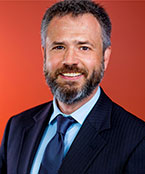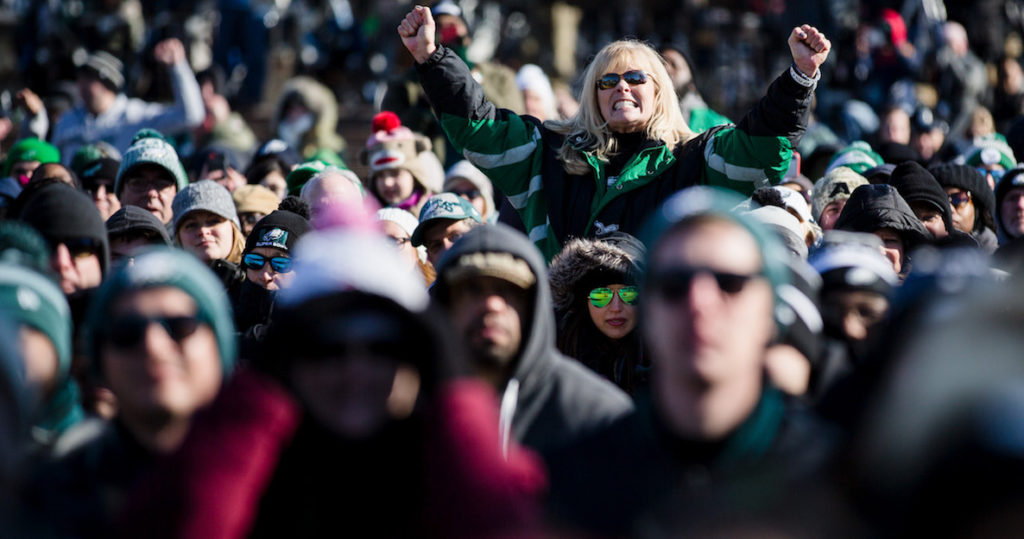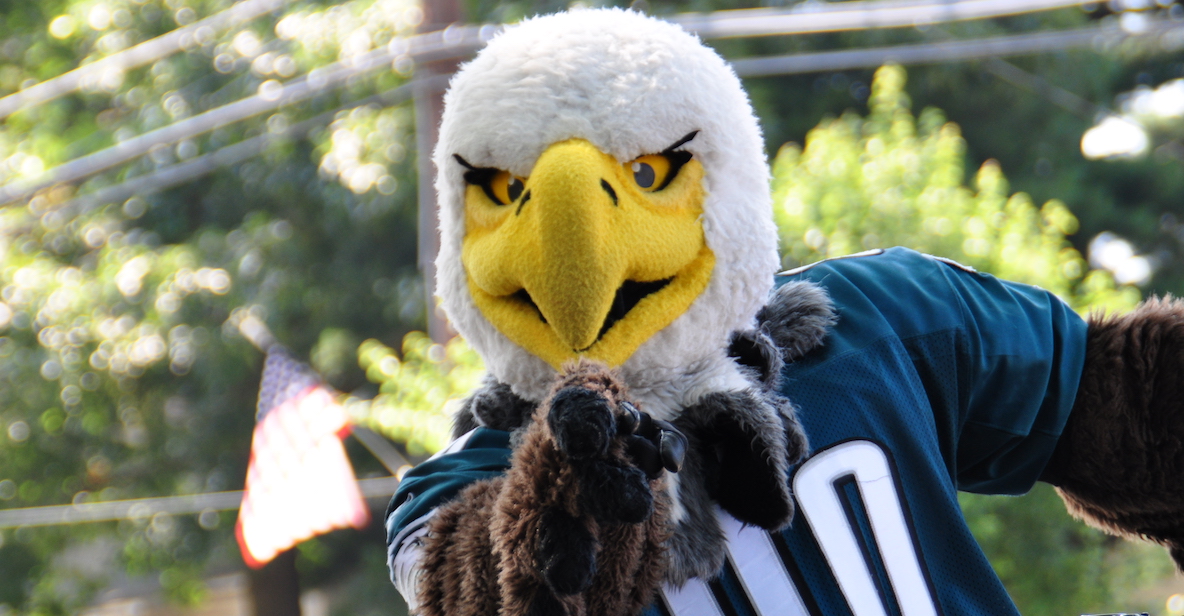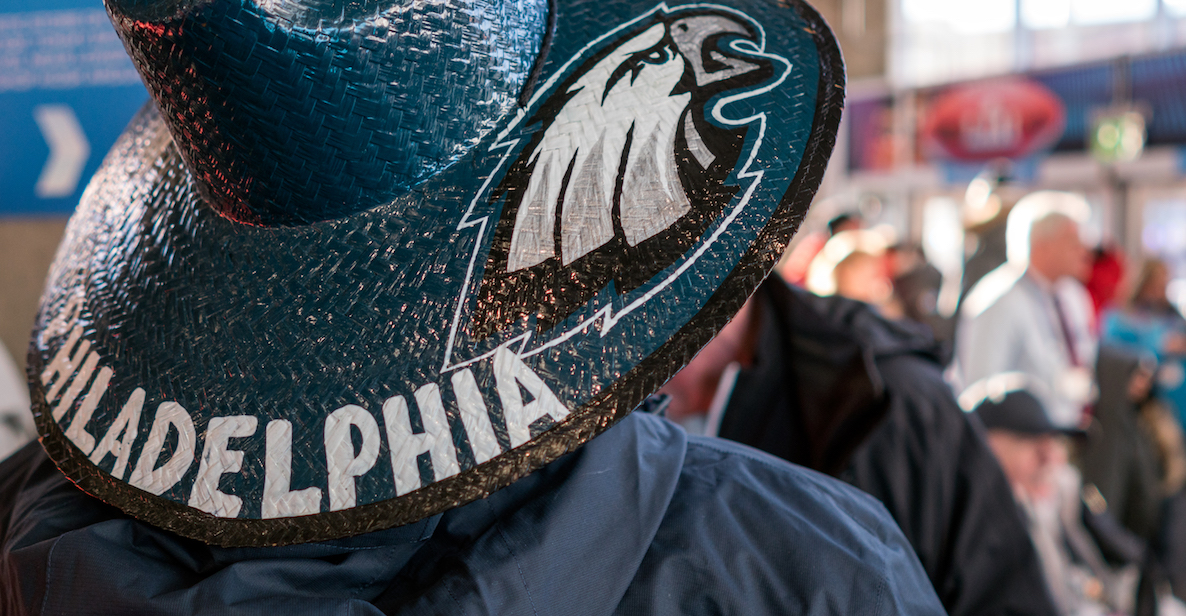Following in the tradition of Connor Barwin and Malcolm Jenkins, former All-Pro wide receiver and current Eagles broadcaster Mike Quick will write weekly for The Citizen this season, analyzing what the Birds will have to do each week on the field to emerge victorious. We’ve paired Quick with Professor Richardson Dilworth, Director of Drexel University’s Center for Public Policy, who will analyze how Philly stacks up off-the-field against the city we play each week. Dilworth, who knows nothing about football, is arguably Quick’s most unlikely teammate ever.
Mike Quick’s On-Field Scouting Report: On Sunday, the Eagles come back from the bye week by taking on arch-rival the Dallas Cowboys, the team that all of Philly loves to hate. The Cowboys have lost three of their last four games and are desperate for a win. And a team with talent–which Dallas has–that is desperate is a dangerous opponent.The Cowboys have added wide receiver Amari Cooper, who can break open games, and their running back, Ezekiel Elliot, is one of the best in the game.
One key to look for: Can the Eagles overcome adverse situations? Dallas is a quick starting team. They’ve outscored their opponents this season by 22 points in the first quarter. And the Eagles have not been a quick starting team this season; last year, the Eagles specialized in overcoming adverse situations, and they have to get back to that, particularly when it comes to key areas: Putting points on the board in the “Red Zone” (inside the opponents’ 20 yard line) and converting on third down plays.
One way to do that is to add offensive weapons, which the Eagles did by adding wide receiver Golden Tate. When Tate last played the Cowboys for the Detroit Lions, he had over 130 yards receiving and two touchdowns.
Finally, the Eagles have to give Carson Wentz time to throw. The offensive line has been banged up. We don’t know how healthy Lane Johnson is, and Jason Peters has been in and out of the lineup all season due to health issues. The Cowboys have a strong pass rush, so the offensive line have to step up.

Prof. Richardson Dilworth’s Off-Field Scouting Report: Dallas is a Sun Belt city and differs from Philadelphia in all of the expected ways: Geographically larger, with more sprawl (reflected in lower density) and less public transit. And being in Texas of course the Latino population in Dallas is much bigger than in Philly.
But in other respects Dallas and Philadelphia are kind of similar. First, in both cities healthcare providers of various types are the largest employers. Second, they are both blue in a sea of red, with basically small satellites of concentrated Democratic voters in the big cities and Republicans throughout the rural outskirts. (A big difference, of course, is the concentration of Dems along the US-Mexico border).
And in this very last election both cities had tremendous voter turnouts with clear signs that their suburbs are trending bluer. Of course, Pennsylvania had nothing like the enthusiasm generated by likely future presidential candidate Beto O’Rourke, but clearly the anger about 2016 was still strong enough fuel more people than usual to the polls.
Speaking of voting: That brings us to the hilariously low voter turnout in Dallas’s last mayoral election. I mean, Philadelphia almost never has anything to be proud of in terms of turnout for local elections, but we get higher turnouts for the prothonotary election than Dallas for mayor.
There are several reasons for the low voter turnout in Dallas in 2015. First, it was a boring election. The incumbent, Mike Rawlings, was running and is pretty popular, so everyone knew he was going to win. And he did by a landslide, if you can even have a landslide when so few people vote. Second, the mayoralty in Dallas is not very exciting. Dallas is a “weak mayor” city where the mayor doesn’t have the kind of power and authority that the mayor of Philadelphia has. The Dallas mayor is actually just an at-large member of that city’s council, and effectively the head of the council. So it’s like if Darrell Clarke were mayor (if Darrell Clarke were an at-large council member). The real executive power in Dallas is vested in the city manager who is not elected.
Third, Dallas local elections are made even more boring by the fact that they are officially nonpartisan (for a little primer on partisan/nonpartisan elections see here.) And finally, just to make things even more likely to lead to low turnout, Dallas local elections are not only held in odd years (so they don’t coincide with the presidential or congressional elections when there will be more turnout), but they are also held in May, which undoubtedly confuses some people who might otherwise show up.
There are at least some people in Dallas who see the low turnout as a problem, as this article from The Dallas News suggests (basically reporting on a study from Portland State U). If you look at the figures in the article you’ll see that, among the cities that were studied, four of the 10 cities with the lowest turnout are in Texas (Fort Worth, Dallas, El Paso, San Antonio). All these cities have political systems similar to Dallas so it seems most likely that the low turnout is fueled by the institutional structural factors I identified above, and not necessarily by lower levels of civic interest or participation than in Philadelphia.
And one final point: Also hilarious is that State College in PA has super low voter turnout. Because, you know, the good citizens of State College only like to express their civic engagement by rioting in defense of certain former football coaches…



